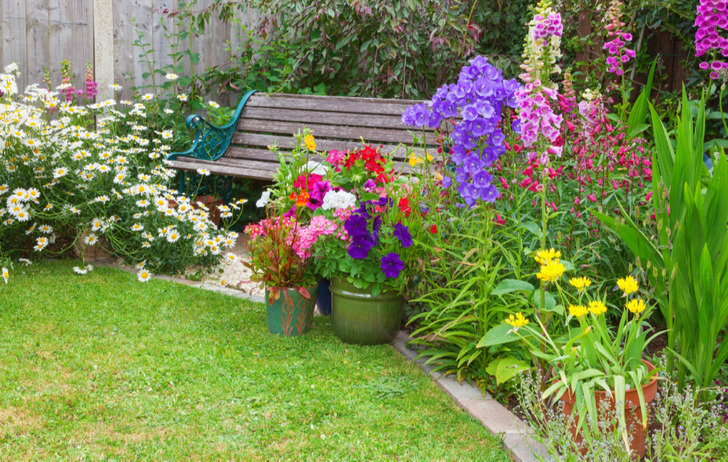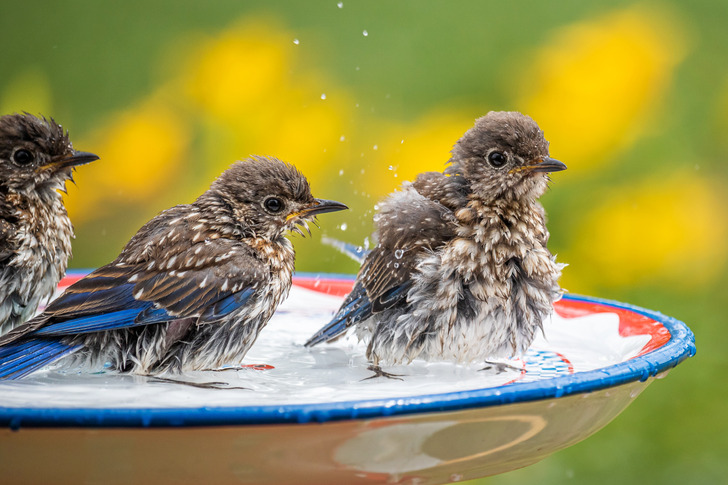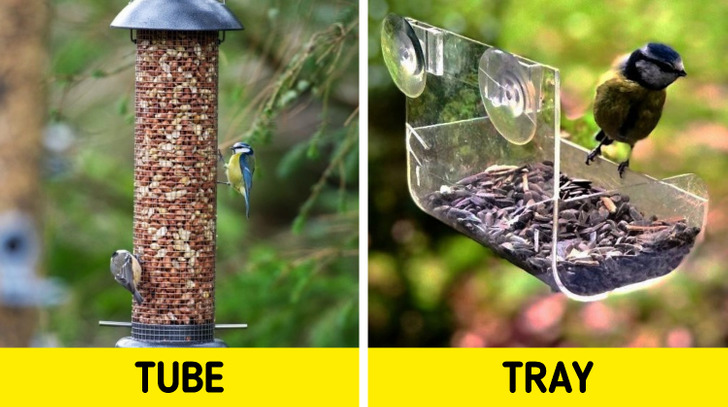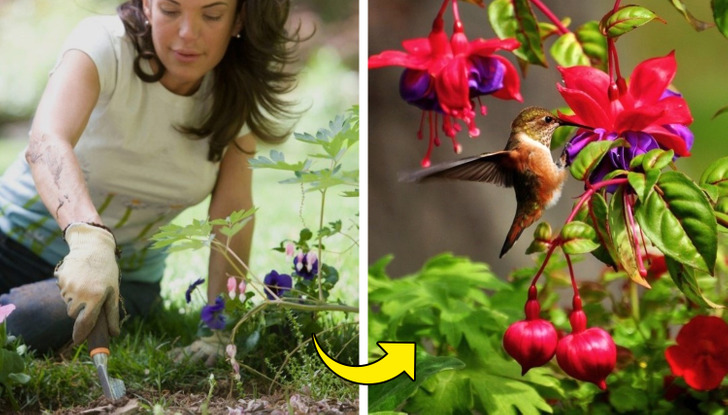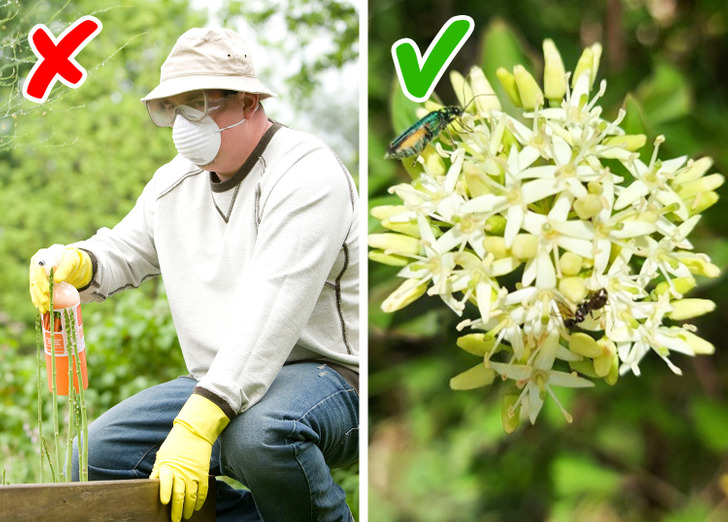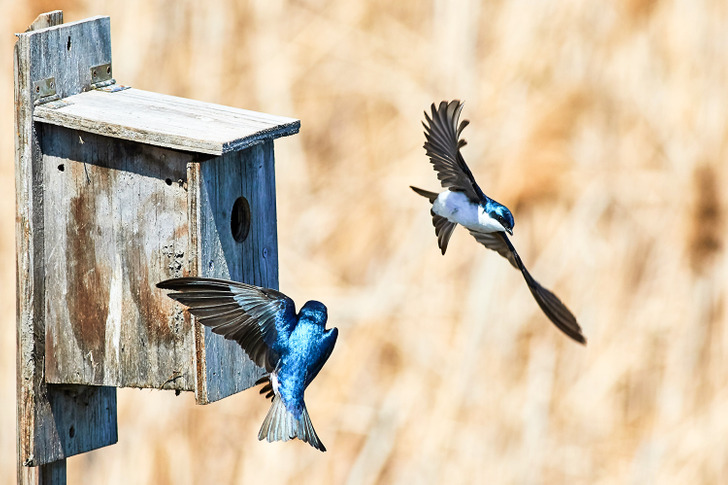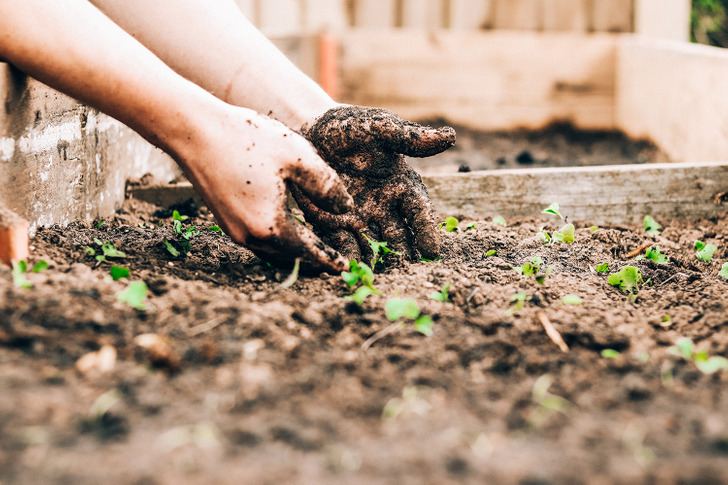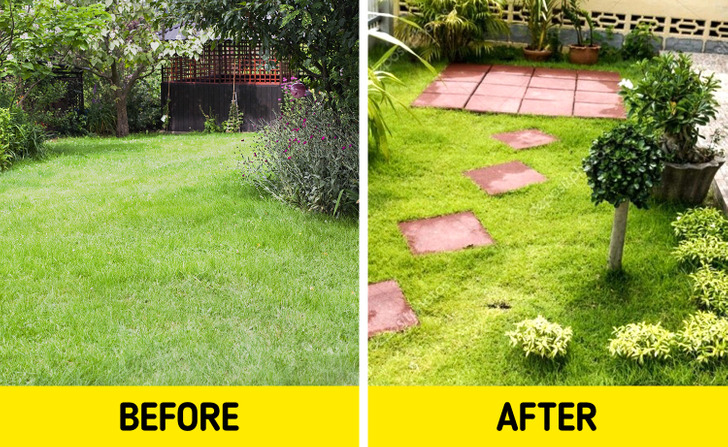How to Attract Birds to Your Backyard
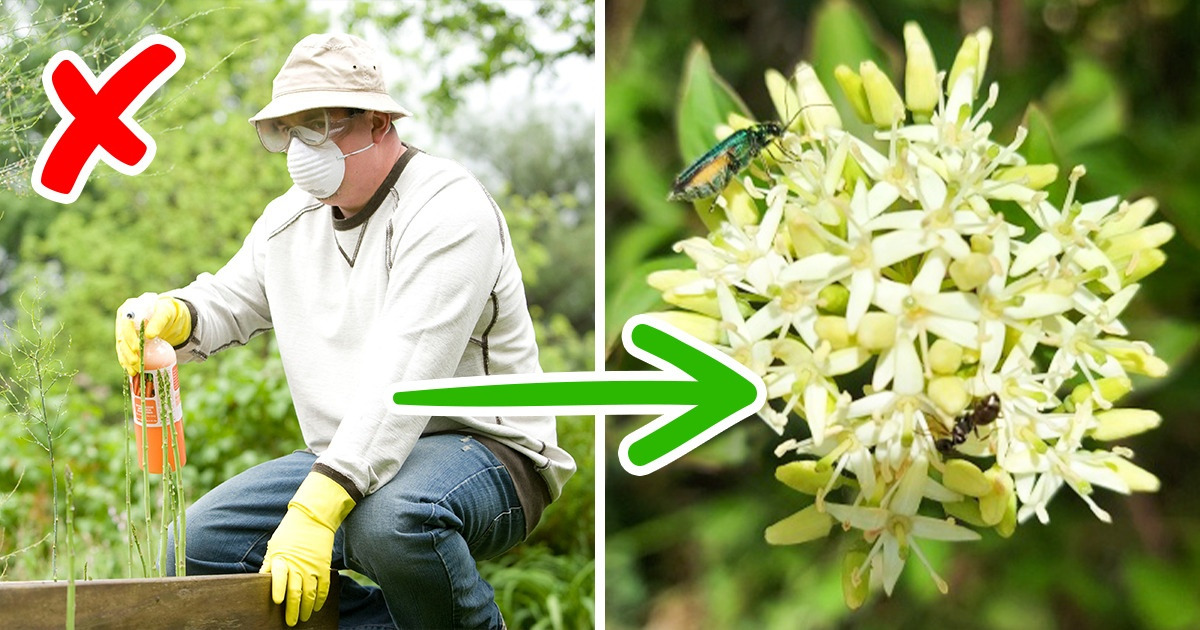
There are plenty of advantages to having a birding paradise in your backyard. They help improve the pollination process of your plants, provide natural insect control, beautiful songs, and an educational experience for us. Moreover, it can be fun to track how many different types of birds you can welcome to your garden.
5-Minute Crafts prepared this guide to share tips for attracting birds to your yard to improve your wildlife habitat.
1. Find a bird-friendly corner.
Birds can be territorial, so picking a spot in a corner is essential. But make sure it’s visible from your kitchen window, office, or deck. This way, you can watch the colorful beauties in your garden and enjoy every minute.
2. Add a water source or birdbath year-round.
To lure birds into your garden, consider installing a small pond or a 1-3 inch (2.5 — 7.6 centimeter) deep simple birdbath. They generally come in different styles, like static, moving, or even misting. A water reservoir about 10 feet (nearly 3 meters) above the shrubs could work well against predators too. Birds and many other species will bathe in them. Remember to refresh the water every 2-3 days in the summer, and don’t forget to insert a heater in the winter.
3. Install multiple feeders for different types of birds.
Food is one of the basic survival needs. Keep in mind that specific feeders, at different heights, with the proper treats and nutrition, will attract particular bird species. Here is a list of the most common types of feeders:
- Tube (cylinder) feeders: small birds, like finches, sparrows, and chickadees.
- Hopper (house) feeders: finches, jays, sparrows, and cardinals.
- Suet (cage or mesh) feeders: woodpeckers, nuthatches, and starlings.
- Ground (tray) feeders: cardinals, juncos, grosbeaks, and blue jays.
- Nectar feeders: hummingbirds and orioles.
4. Pick your favorite bright native plants.
Bright colors attract birds. A garden full of bird-friendly native plants and shrubs providing seeds, berries, fruits, nuts, and nectar is an ideal choice and a great hangout spot for them. You can create a plant ecosystem by picking mimosa, hibiscus, winterberry, honeysuckle, rose, and many more. Alternatively, you can paint the fences and sheds and add colorful decorations, stones, and wind chimes.
5. Reduce pesticides or use environmentally-friendly products.
A paradise for birds is possible if you can abstain from using chemicals like pesticides, herbicides, and fertilizers for your lawns. Focus more on organic or natural pest control methods and try attracting bug-eating birds to your garden. Also, remember that insects are an essential source of protein and fat for growing juvenile birds and are the primary food source for many bird species.
6. Install shelters and nesting boxes.
Install warm and safe shelters or birdhouses. Ensure the nesting boxes have ventilation holes at the top and drainage holes below with a large entrance hole. Always remember that to protect them from ground predators — installing them on a tree trunk or a post is a good idea.
7. Get rid of the invasive plants from your habitat.
Invasive species are plants that are non-native species, which, over time, may crowd out and destroy the native species favored by birds, insects, and other wildlife. Therefore, they’re known to be harmful to the local ecosystem. They may also degrade the soil and can lower water quality. Therefore, if you want a wildlife habitat for your birds in your backyard, remove them as soon as possible and to the best of your ability.
